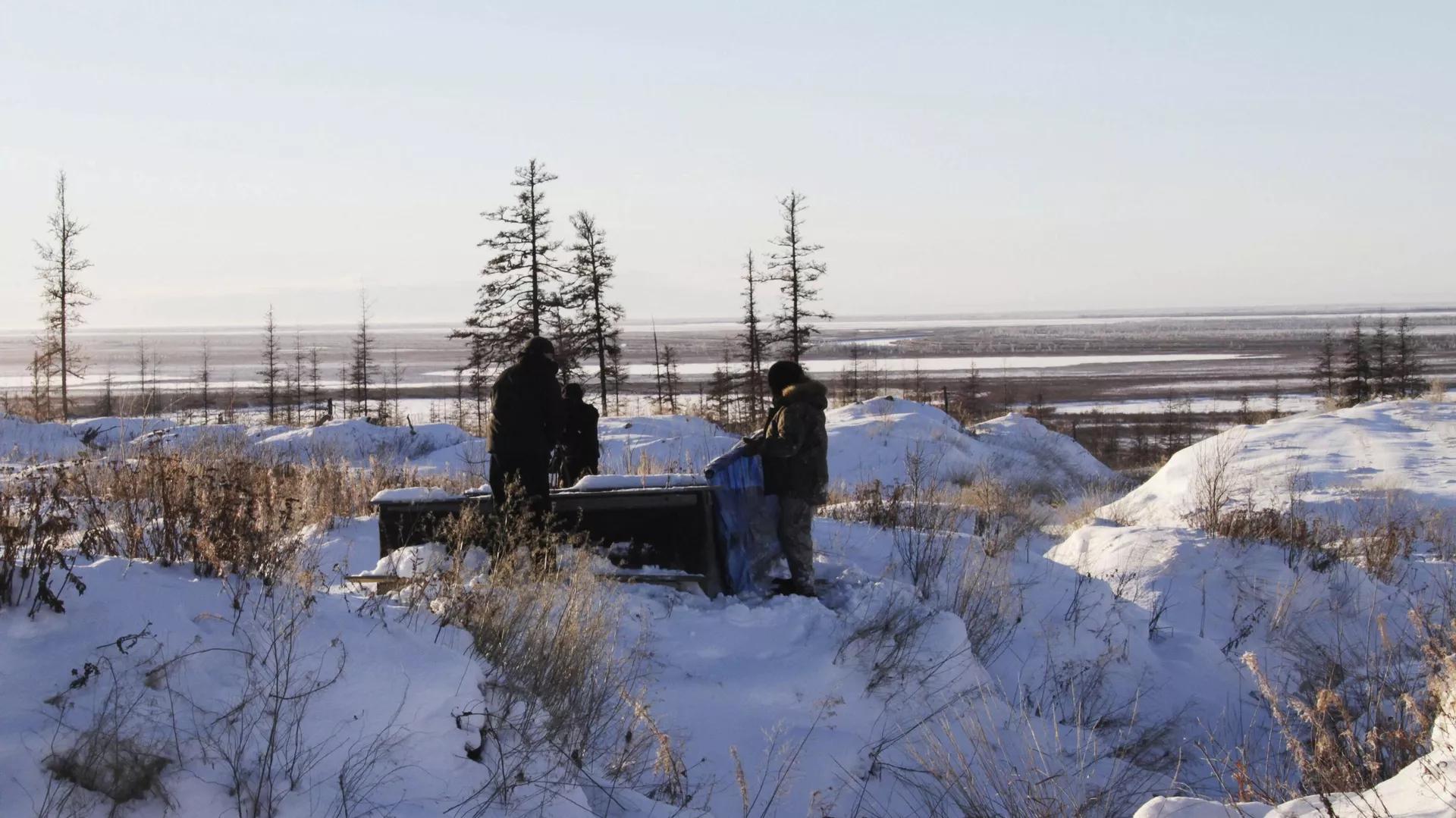Africa-Press – Liberia. Slews of microbes that have been dormant for hundreds of millennia, shrouded by layers of ice in the permafrost, could gradually be released as swathes of territory succumb to global warming, scientists have warned.
Scientists have been reviving and scrutinizing a number of so-called “zombie viruses” emerging from vast areas of melting Siberian permafrost amid global warming.
Permafrost refers to permanently frozen ground, like the swathes which stretch across the Northern Hemisphere, in Russia, Canada and Alaska. The permafrost is plentiful with organic matter of long-dead plants and animals, frozen under layers of ice. Millions of years old, frozen viruses are being deliberately reanimated to a state when they become capable of infecting other organisms so that the potential dangers they are fraught with could be assessed.
Led by microbiologist Jean-Marie Alempic, at the French National Centre for Scientific Research, the team of scientists outlined their concerns that such viruses could become a ticking time bomb of sorts once they reemerge from their ice-shuttered dwelling.
13 such prehistoric viruses are detailed in the new study, with one of them an ‘amoeba virus’ that is believed to be 48,500 years old. Every single one of them, described as being retrieved from 7 different ancient Siberian permafrost samples, boasts a genome distinct from all other known viruses.
The research utilized live single-cell amoeba cultures to prove that long-dormant viruses could become transformed, after their awakening, into dangerously infectious pathogens.
The team referenced previous studies of discovered “live” viruses such as the amoeba-attacking pithovirus in 2014 and mollivirus in 2015. To those who dismissed any potential public health threat emanating from “rare” discoveries of “zombie viruses” the scientists responded by emphasizing:
The scientists underscored that further studies will be required to find out to what degree these viruses retain their infectious potential after being exposed to light, heat and oxygen once they escape the ice.
For More News And Analysis About Liberia Follow Africa-Press






